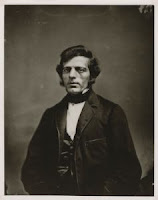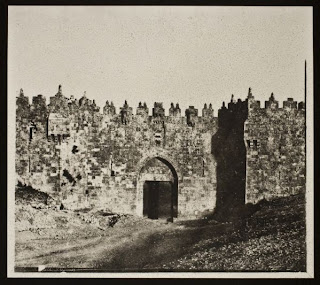Auschwitz Records 1.43 Million Visitors in 2012
The Auschwitz-Birkenau death camp memorial and museum registered 1.43 million visitors in 2012, a record number in its 65-year history.
First Publish: 1/8/2013, Israel National News
Jewish delegation at Auschwitz
Israel news photo: Flash 90
The Auschwitz-Birkenau death camp memorial and museum in southern Poland registered 1.43 million visitors in 2012, a record number in its 65-year history, officials said Friday.
For several years now, the grounds of the former Nazi death camp have registered record numbers of visitors. In 2011, there were 1.4 million visitors from across the world, triple the number of a decade before.
In a statement announcing the new figure, director Piotr Cywinski said that in the last decade Auschwitz has become a "fundamental memorial" for all ofEurope .
“It reflects the actual meaning of the history of the Shoah and the drama of concentration camps in the history of contemporary Europe and understanding its appearance today,” he said. “The growing educational dimension of this place indirectly shows us also the challenges that our societies face today."
Poland had the most visitors with 446,000, followed by Great Britain (149,000 visitors), the United States (97,000), Italy (84,000), Germany (74,000), Israel (68,000), and other countries.
While the record numbers of tourists visiting the site is essential for Holocausteducation , it is straining the site's barracks and other structures, most of which were built of wood and never intended to last long.
Efforts are currently under way to preserve the site and maintain it in as close a state as possible to when it was liberated by Soviet troops in January 1945.
The Nazis murdered at least 1.1 million people at Auschwitz-Birkenau (some claim the figure is much higher), most of whom were Jews, but the victims also included Polish political prisoners, Romani (gypsies), homosexuals and others.
http://www.israelnationalnews.com/News/News.aspx/163990
For several years now, the grounds of the former Nazi death camp have registered record numbers of visitors. In 2011, there were 1.4 million visitors from across the world, triple the number of a decade before.
In a statement announcing the new figure, director Piotr Cywinski said that in the last decade Auschwitz has become a "fundamental memorial" for all of
“It reflects the actual meaning of the history of the Shoah and the drama of concentration camps in the history of contemporary Europe and understanding its appearance today,” he said. “The growing educational dimension of this place indirectly shows us also the challenges that our societies face today."
Poland had the most visitors with 446,000, followed by Great Britain (149,000 visitors), the United States (97,000), Italy (84,000), Germany (74,000), Israel (68,000), and other countries.
While the record numbers of tourists visiting the site is essential for Holocaust
Efforts are currently under way to preserve the site and maintain it in as close a state as possible to when it was liberated by Soviet troops in January 1945.
The Nazis murdered at least 1.1 million people at Auschwitz-Birkenau (some claim the figure is much higher), most of whom were Jews, but the victims also included Polish political prisoners, Romani (gypsies), homosexuals and others.
http://www.israelnationalnews.com/News/News.aspx/163990











